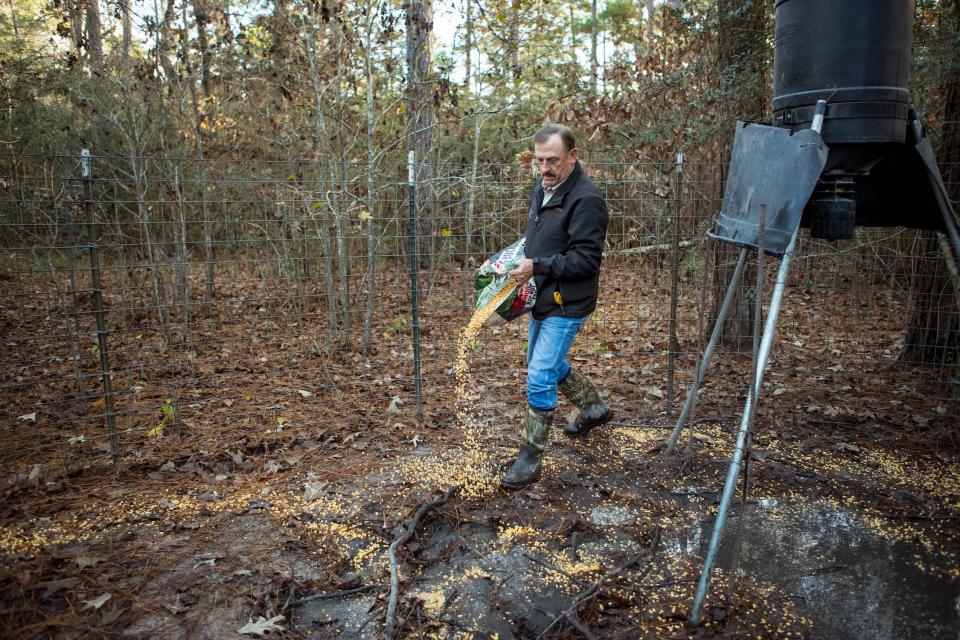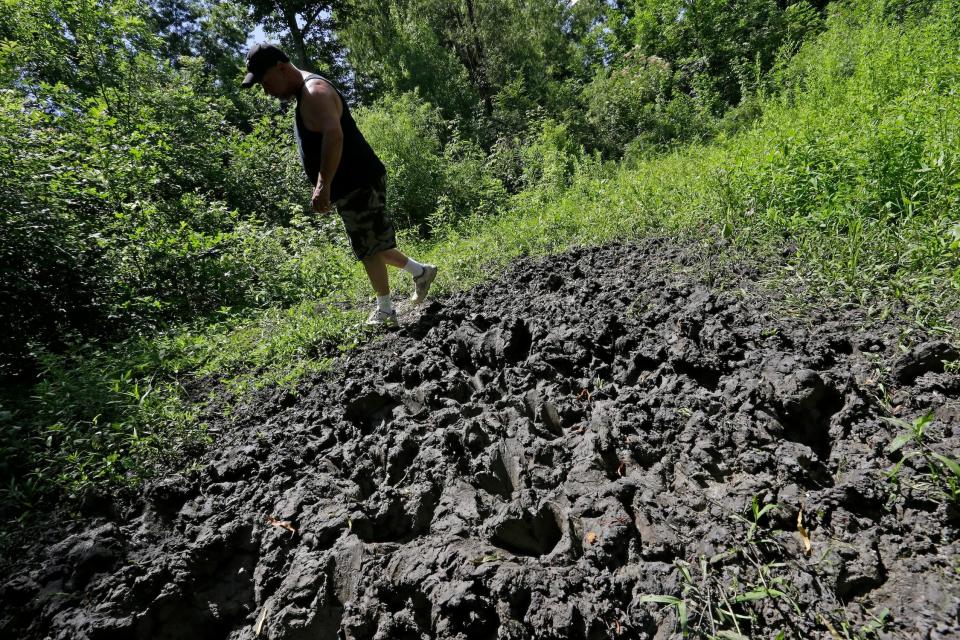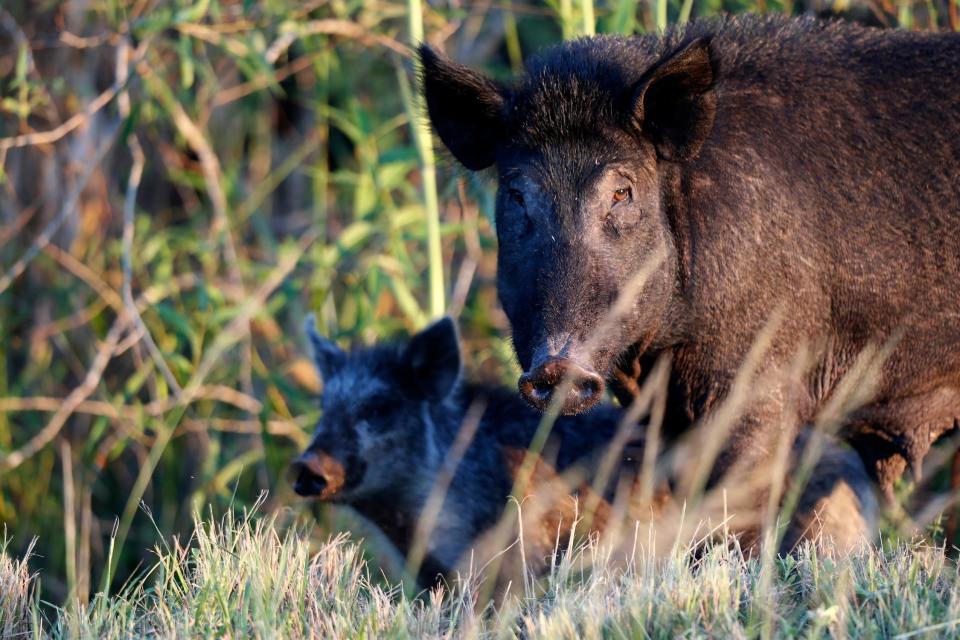Dangerous feral hogs that destroy lawns and eat plastic are growing across the US, and states can't kill them fast enough
Feral pigs cause billions of dollars in damage to properties and agriculture across the US.
The US has struggled to control the feral pig population, which is between 6 and 9 million.
The pigs are highly adaptable and intelligent, making them difficult to capture.
Across the US, hogs are damaging lawns, sprinkler systems, golf courses, and crops. The agricultural destruction alone is estimated at $2.5 billion a year.
Case in point, earlier this year, a video doorbell recorded footage of a pack of wild pigs rooting around a suburban lawn in San Antonio, Texas. It was the second time in a few weeks that hogs had ripped up grass in the neighborhood, according to KSAT, a local news station.
In addition to doing lots of property damage, the pigs also carry disease, breed quickly, are difficult to trap, and can be aggressive toward humans, feral pig expert Jack Mayer told Business Insider.
The US has been trying to keep the feral pig population — estimated to be between 6 and 9 million — in check for over a decade. A handful of states have seen success, but others, like Texas, Florida, and Georgia, are struggling.
For Mayer, a research scientist with the Savannah River National Laboratory, it's an uphill, ongoing battle. "They're very secretive," he said. And "they're smart, so they're tough to control."
Feral pigs will eat almost anything

Pigs didn't arrive in North America until the 1500s, so they're not a native species. By the mid-1600s, they were already a nuisance, destroying property and menacing children, according to one New England colonist in 1658.
In the centuries since, not much has slowed the wild pig population from expanding. A single sow can have as many as 10 piglets, sometimes twice a year. The feral hogs' genes are often a mix of wild boar and domestic pig.
Even formerly domestic pigs can quickly adapt to life in the wild. "For whatever reason, domestic pigs go wilder quicker than any other species of domestic livestock that we have," Mayer said.
Out in the wild, these omnivorous animals don't rely on humans to feed them. And they're not picky. Mayer has seen feral hogs forage at landfills and feed on diapers, rubber bands, and plastic. In 2019, Louisiana researchers found dozens of native species, from acorns to salamanders to turtles, in their stomachs.
While they're often a bit leaner than their domesticated relatives, the feral pigs can still get to be 250 pounds, according to the USDA. This means as they move about in urban and suburban areas, they can cause traffic accidents, Mayer said.
Deadly interactions between humans and pigs are very rare in the US. Worldwide, though, Mayer found that feral hogs killed 172 people between 2000 and 2019.
Most of the attacks are defensive, he said, and happen when, "for whatever reason, they feel threatened." The hogs have sharp teeth and tusks and can run fast.

They're also vectors for dozens of diseases and parasites found in their feces, fluids, and undercooked meat. One of Mayer's biggest worries is that they could spread African swine fever to domestic animals. Humans can't catch the disease, but it's deadly for pigs.
Asian countries have slaughtered millions of pigs to try and stop the outbreak of the virus. European countries are taking similar measures.
If the virus arrives in North America, "it's going to spread, and it's going to be ugly," Mayer said.
A losing battle to control the wild pig population
Because hogs reproduce so quickly, some states estimate that they would need to reduce the population size by 60% to 70% each year to keep the numbers from growing.
Currently, many states trap and euthanize pigs. In 2011, Texas passed the "pork-chopper bill," which allows feral hog hunting from helicopters. But Ohio and Kentucky are currently working on banning pig hunting. Some experts believe it can actually make the problem worse, since hunted pigs tend to become more secretive and harder to trap.
Texas and Oklahoma recently announced they'll begin using a substance with warfarin, similar to rat poison, to help control their feral hog populations.

"This is going to be potentially another tool in the toolbox," Mayer said, "but the people in the US never have really warmed up to the use of poisons for any kind of wildlife." It's a move many have opposed in the past because of its potential effects on wildlife that eat poisoned animals, Texas Monthly reported in 2023.
Mayer said another factor that makes controlling wild hogs difficult is that the entire country is a mosaic of different methods. And not everyone wants them gone, he said.
"You've got some people that love them, some people that hate them," he said, "and because of that, I don't think we're ever going to get rid of them."
Read the original article on Business Insider

